Shri Shekhar Singh, IAS, Commissioner, Pimpri Chinchwad Municipal Corporation (PCMC) was the District Collector and Magistrate of Satara before getting transferred as Pimpri Chinchwad Municipal Commissioner. He is a 2012 batch officer and was ranked 71st in the country.) In a recent interaction with Water Digest, he shared his thoughts on leak detection, water loss and non-revenue water (NRW).
Water Digest (WD): How would you describe the challenges of water loss in our country? What are the typical causes for water loss which you come across?
Shekhar Singh (SS): With the world’s second largest population at 1.3 billion, and expected growth to 1.7 billion by 2050, India finds itself unable to serve most of that populace with safe and clean water.
While supporting 16% of the world’s inhabitants is daunting enough, it is even more so when recognising that the population is crammed into an area one-third the size of the United States. Then consider that India only possesses 4% of the world’s fresh water and the crisis can be more fully realised.
Surface water isn’t the only source reaching a breaking point. Tracing back several generations, the critical situation in India can be linked to a myriad causes. In modern times though, the concern has moved from the surface to the ground. And it is here that India’s freshwater is under the greatest stress.
As we know, India is a developing country and a huge variety of projects in different sectors are getting executed. Along with the ongoing development, there is also migration of people from one part of the society to the other. It has been observed that in various parts of the country, prominently in the cities, the distribution network for water supply to the citizens has become old. In most parts of the country, there has been intermittent water supply due to which the water lines in the distribution network are only filled up during the distribution hours, resulting in air pressure entering in the pipes, leading to leakages. The household connections from the distribution mains are mostly Galvanised Iron (G.I.) pipes. These G.I. pipes are subject to pitting due to the presence of chlorine in the water flowing through them. Such pitting further leads to formation of holes in the pipelines which in turn leads to leakage of water during the supply hours.
It has been observed that in many cases, the distribution network is far below the ground level and if there is leakage in the distribution system, it becomes very difficult for the authority to identify their location. Such unidentified and unattended leakages lead to one of the most important terminologies that is Non-Revenue Water (NRW).
Physical losses can occur along the entire distribution system, from storage reservoirs and the primary network to the smallest service connections. When people think about leakage, they normally think of big and spectacular pipe bursts. These bursts often cause a lot of damage but are insignificant in volume compared to all the other leaks that do not come to the surface. Normally, around 90% of water that is physically lost from leaks cannot be seen on the surface. These leaks might eventually become visible after many years, but until then, large volumes of water are lost every year. Sometimes, undetected leaks can be quite large, such as those that run directly into a sewer or a drain. Therefore, a water utility that does not practice a policy of efficient and intensive active leakage control will always have a high level of leakage, except if the infrastructure is new and/or in excellent condition.
With such a huge population in our country, government authorities have always been keen to provide water to the slums either in the form of stand posts or individual household connections. But it has been observed that at such locations, during the time of water supply, there is no control over the water flowing through the tap. Water keeps on flowing from the time the distribution starts till the end of supply time. In such cases, there is huge loss of water quantity, which goes unaccountable because in slums, it is very difficult to follow metering system and charge the users for the water supplied.
In many cases, there are unauthorised tapings over the distribution system which go unidentified again leading to NRW. As a reform action, it should be a general practise for every authority supplying water to have a strict check on such unauthorised tapings and take necessary legal action against them.
Hence, water losses primarily comprise three components: physical (or real) losses, commercial (or apparent) losses, and unbilled authorised consumption.
• Physical losses comprise leakage from all parts of the system and overflows at the utility’s storage tanks. They are caused by poor operations and maintenance, the lack of active leakage control, and poor quality of underground assets. Inefficient utilisation of water by users is one of the most important causes of water losses in the city. Citizens’ lack of awareness and negligence is the major cause for this type of loss.
• Commercial losses are caused by customer meter under registration, data handling errors, and theft of water in various forms.
• Unbilled authorised consumption includes water used by the utility for operational purposes, water used for firefighting, and water provided for free to certain consumer groups.
Water Digest (WD): Please share the background, status and benefits of projects which you have developed or implemented to reduce water leakages and water losses.
Shekhar Singh (SS): Pimpri Chinchwad Municipal Corporation (PCMC) has been taking active steps for water loss reduction measures. Facilities are planned based on only 15% leakage occurrence in total system. If this is not achieved, water imbalance will be further widened, and equitable distribution will be more difficult. NRW is the most economical means and time-consuming work but requires smaller investments.
In order to encourage Urban Local Bodies (ULBs) to improve the efficiency of their water supply systems, the state government provides incentives of capital grants and guarantees for loans for water supply schemes. The government had declared the financing pattern of the incentives grant set-up in Jawaharlal Nehru National Urban Renewal Mission (JNNURM, 2005-2006) and Atal Mission for Rejuvenation and Urban Transformation (AMRUT) Yojana, 2014-15. The state government provided a grant for conducting water audit, energy audit, water supply improvement, NRW reduction, leak detection survey, etc. In this process, Pimpri-Chinchwad City, resulted in developing an action plan aiming to achieve pressurised water supply system while reducing NRW water and improvement works in water.
Some of the constraints in the delivery mechanism and infrastructure are:
• Illegal connections
• Faulty meters and non-functional meters/unmetered
• High water losses
• Insufficient staff
PCMC regularly hires consulting firms through an open bidding process for works such as water audit, energy audit and routine repairs and maintenance jobs so that they are done with a much more professional approach and save time and public money.
The supply can be dissatisfactory in terms of the number of hours of water supply and water pressure. PCMC has taken a step forward to refurbish the old distribution system, conduct leak detection studies, and identify illegal water connections.
Providing adequate supply of water to the city is an obligatory function for Pimpri-Chinchwad Municipal Corporation. The process involves obtaining raw water from available sources, filtering, treating and distributing it to the consumers. Apart from these physical processes, PCMC also has to manage other aspects of the supply system such as attending to complaints, charging customers for services and making investments to ensure sustained supplies.
Ongoing Projects in PCMC
• Providing continuous (24×7) pressurise water supply in 40% area of Pimpri-Chinchwad and Operation & Maintenance (O&M) of the system for 5 years work under JNNURM.
• Providing continuous fully-pressurised water supply in 60% area of Pimpri-Chinchwad under AMRUT funding (project completed).
• Providing, lowering, laying, and commissioning of pure water transmission main, construction of RCC ESRS (package-1 to 4 additional to AMRUT) under PCMC’s own funding.
• Construction of 100 MLD Water Treatment Plant (WTP) at Chikhali including all civil, mechanical, electrical, instrumentation, SCADA (Supervisory Control and Data Acquisition) and allied works, with PCMC’s own funding (trial run is going on).

From the above table, it can be concluded that after the replacement of the old and deteriorated pipelines, water leakages got reduced. With the new pipeline, people got more water. The billed volume also increased day by day and NRW percentage decreased. It should also be mentioned here that the population of the city increased by 6% approximately per year whereas the water increased by 2% only. Still, it is possible to serve adequate water to people by reducing NRW.
PCMC also initiated the implementation of 24×7 in pilot area at Pradhikaran i.e. A-1 DMA-3, and it was observed in the pilot study that NRW of this zone (before implementing 24×7)) was at 44%, and now it is 30%.
Water Digest (WD): Which were the latest technological interventions, instrument and processes that you incorporated to find and/or manage water leaks in your project?
Shekhar Singh (SS): Pimpri Chinchwad City is a fast-developing city and also the existing distribution network here is quite old. The city has seen a drastic increase in population in the past two decades. Over this period, there has been a huge infrastructural development and in the previously existing water distribution network, it has become difficult to find leakages. Helium gas technology is a useful method to identify leakages.
SUEZ, a renowned French organisation working in the water sector, had come up with an idea of carrying out the pilot project for leak detection for PCMC in 2012. In this method, helium gas was injected in the distribution mains. With the help of other equipment to identify the levels of helium gas at the ground level, it has been possible to identify the location of the leakages to the accuracy of around 1m. Also, PCMC has used other variety of products to find out the location of leakages. Depending on the situation, a few of the equipments used are ground microphones, listening stick, leak noise correlators, etc.
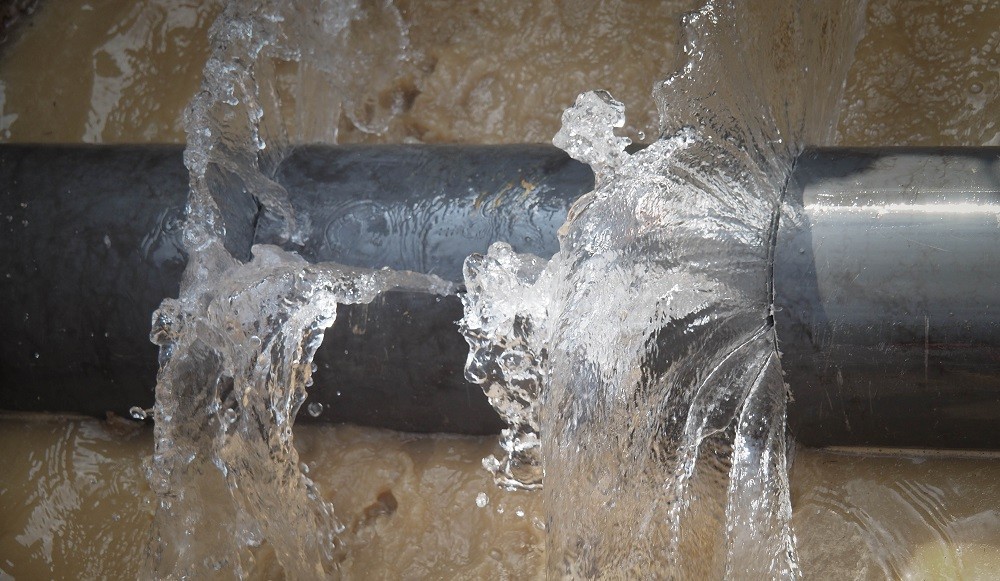
Water Digest (WD): How important is the role of digital water technology for overcoming the losses caused by water leakages?
Shekhar Singh (SS): Digitalisation and transparency contribute to better structured and automatic operations. Digital solutions actively contribute to reducing water loss, energy consumption and operational costs as well as ensuring the water quality. They lead to huge advantages locally, and contribute to overcoming global, environmental challenges. Further, optimising the system to only distribute the needed amount of water will allow energy savings.
Digitalisation is transforming the way water and wastewater utilities plan and manage their infrastructure and interact with their customers and their staff. Globally, digital technologies have been playing a role in resource-efficient water management for some time, including in the management of water losses and the energy-efficiency of utilities. Digital applications have been developed for customer engagement, leak detection, pressure management, energy-efficient pumping, energy management and wastewater treatment.
The digital transformation of resource-efficient water management brings new challenges such as high levels of unauthorised consumption and low water tariffs, which mean that overall, the requirements for digital applications in EMDEs are very different from those in high-income economies. This happens particularly in regard to mitigating commercial losses, but also for reducing physical losses. These differences are significantly less marked when examining energy-efficiency, where local and regional differences, particularly electricity tariffs and actual use of electricity are much more important.
It is very clear that digitalisation is playing a crucial role in water management, wherein, it has become easier to keep an account of the water supplied and the quantity utilised by the consumer.
Water Digest (WD): What are your views on the capability of a 24×7 water system in ensuring the rationalisation of water and minimising water wastage?
Shekhar Singh (SS): Water supply shall be on 24×7 for equity, effective metering and for best hygiene model of supply. Systems leaks and thefts can easily be revealed only with a 24×7 supply pattern.
Intermittent supply gives rise to the following deficiencies in the service and its management:
• Serious risks to health, resulting from ingress of contaminated groundwater to the distribution system.
• Inability to practice efficient supply management.
• Inability to practice effective demand management.
• Operational inadequacies which unduly weaken the physical infrastructure.
• Customer dissatisfaction with an unreliable service of poor quality.
Continuous pressurised water supply system is the solution for achieving improved service levels in water supply like improving deteriorating water quality, reduction in leakage and control of NRW, financial stability, ensuring equitable water supply, consumer satisfaction, etc. Industry experts, however, are divided on the need and relevance of 24×7 water supply. Some believe that such a system has several benefits including continuous high-quality water supply, low operational cost, reduction in NRW, metering of connections, and less storage requirement.
With an aim of increasing drinking water availability to the city and improving service level, PCMC has planned a comprehensive water supply project. The project focuses on:
(i) Reducing non-revenue water by leakage management and commercial losses through identification and regularisation of illegal connections, metering and improvement in billing and collection systems.
(ii) Refurbishment and expansion of transmission and distribution network.
(iii) Reforms to address revenue improvement, expenditure rationalisation (water and energy audit), customer relations and redressal systems and Information & Communication Technology (ICT) enablement of water management for efficiency improvement.
(iv) Organisational strengthening and capacity building.
The volume of NRW (the difference between District Metered Area (DMA) inflow and billed volume] can be calculated monthly. The components of NRW (physical and commercial losses) can be quantified by analysing flow and pressure data. Leak detection works can be prioritised. New pipe bursts can be identified immediately by monitoring the minimum night flow and, therefore, awareness time will be reduced from several months to several days (or even less). When leakage is eliminated, utilities can better gauge the existence of illegal connections or other forms of water theft and can take action.
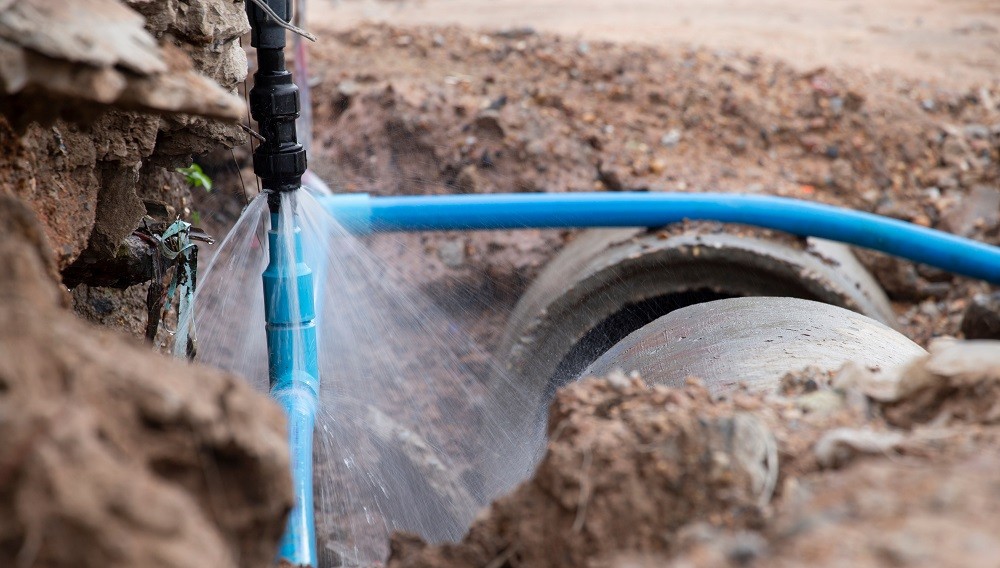
Water Digest (WD): How can the public play a part in reducing non-revenue water, and thereby support the cause of water security?
Shekhar Singh (SS): Due to lack of public awareness, NRW is high in many cities. To reduce NRW, public awareness activity is most important. As a first step, various communication target groups, who represent the customers in the distribution network should be identified and recognised. Community meetings within the DMA should be organised, by encouraging the NGOs and society members, etc to participate in the meetings and deliver and seek their support – as it would be essential to take the confidence of local leaders like councillors, administrators, other government departments in the NRW reduction program. The message should be passed on to every person/citizen regarding the project with printed material about the ongoing works and their benefits, using Public Address Systems (PAS) via auto announcements, and local media like cable operators and radio.
The public should be aware about leakages in the system and immediately intimate about the same to the authority. Tap connections should be watertight. The public should take authorised meter connections and intimate the authorities about illegal tapings on the line for disconnection action. Stand post tap should be properly closed.
Water Digest (WD): What are your learnings and suggestions which can help other agencies in addressing their NRW problems effectively, and at a relatively low cost?
Shekhar Singh (SS): Many utilities that have been successful in addressing NRW have gone beyond technical measures to address community behaviour that drives illegal connections and pilferage. This is done with the understanding that water loss is not just an engineering problem but also reflects a socio-cultural situation that requires changes in community behaviour and attitudes toward water usage.
A sustainable solution for NRW reduction will be the implementation of a proper strategy of pressure and NRW management, increasing the potential lifespan of water utilities by using quality products, maintenance strategies, and digitalised water monitoring systems. Bulk meters at the entry point of each DMA have been suggested. These meters are useful in measuring NRW in the system.
Water audit is a continuous process and hence, should be conducted from time to time to compute the values of NRW of all the DMAs. Knowing the NRW values, a vigorous leak detection program should be undertaken and leaks should be repaired to decrease the NRW values. PCMC proposes to rationalise its tariff structure for promoting water conservation through demand management.




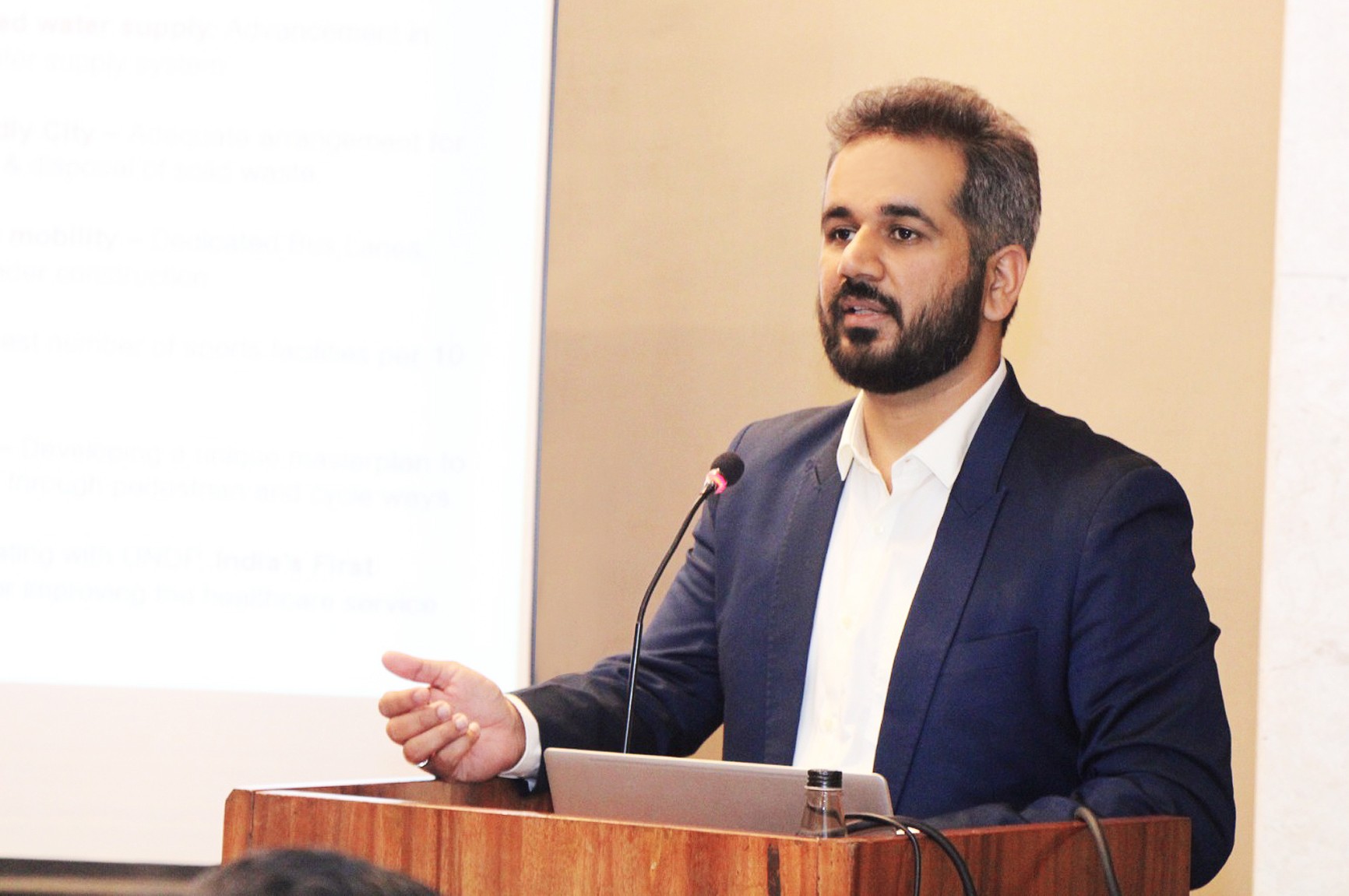
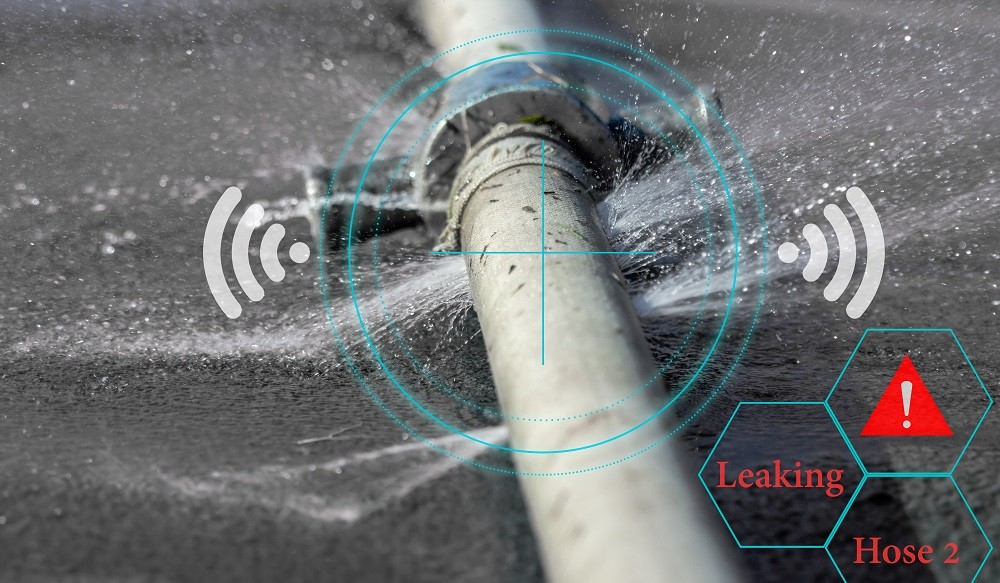
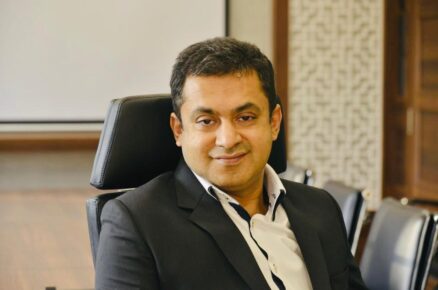
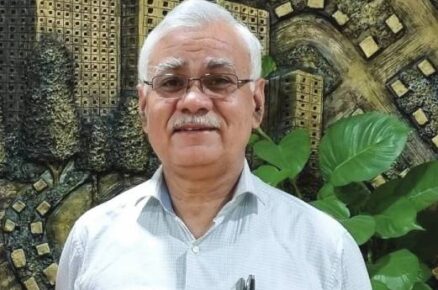
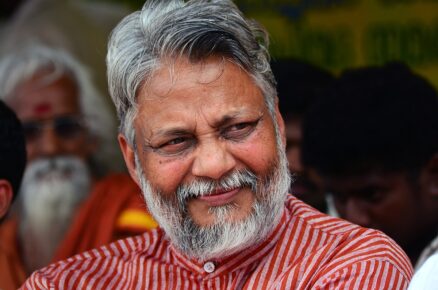


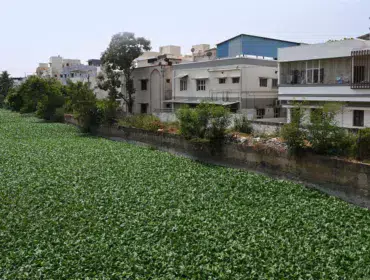




Myself being in water distribution for almost 22 years, i feel the commisioner has a deep understanding of nrw. The socio cultural issue mentioned is very apt. Untill the elected representatives understand this, it is very difficult to bring down the NRW.